Best mining CPU for mining cryptocurrency in 2025
We reviewed the best processors for mining crypto directly or with the help of a GPU
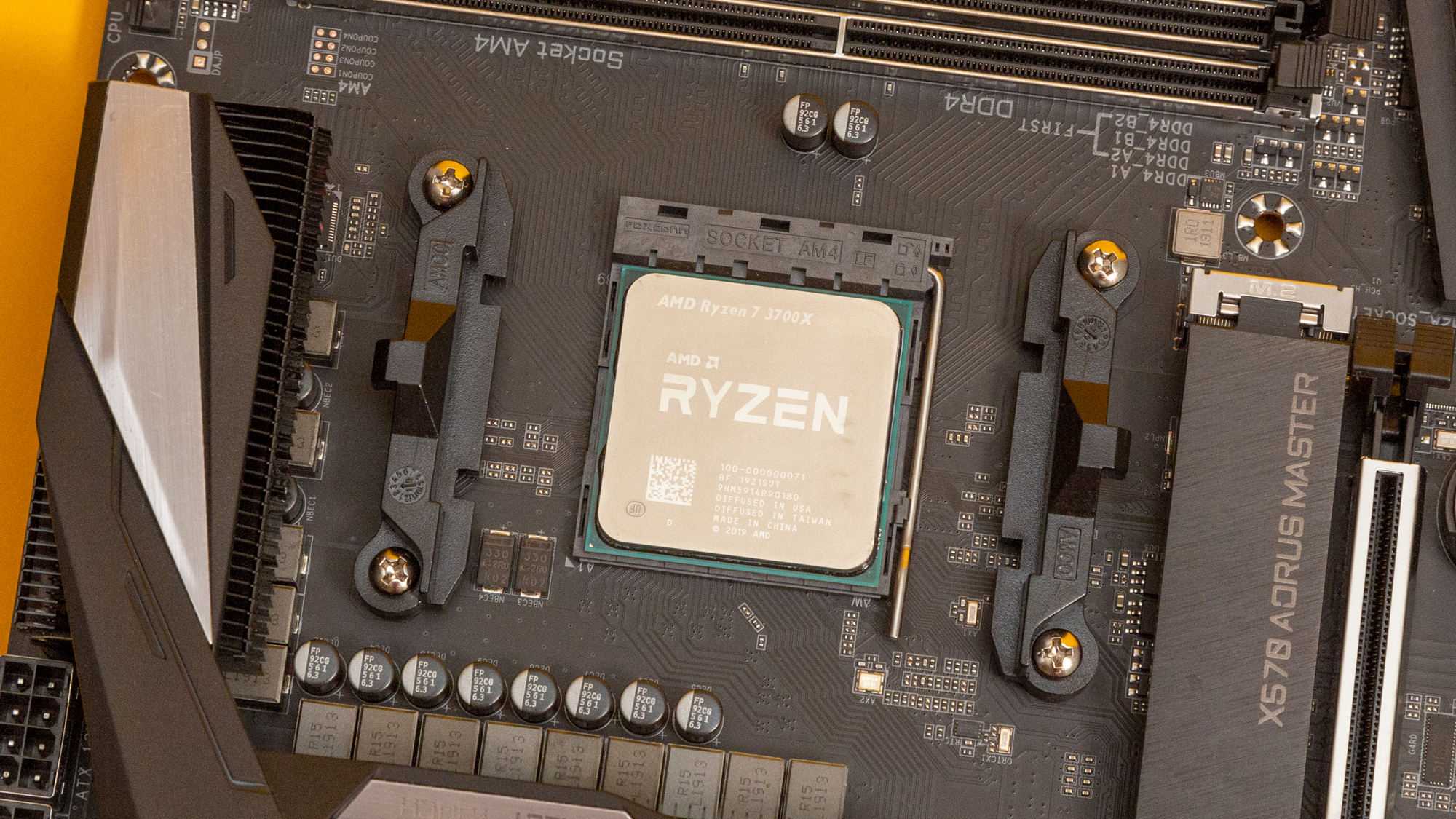
The best mining CPU can sometimes be overlooked compared to ASIC miners and GPUs, but they can be a profitable avenue for getting more crypto.
As someone who has professionally mined cryptocurrency in the past and helped set up hundreds of mining rigs (including CPU, GPU, and SSD/HDD-based options). So, I can help provide insights on your options if you are planning to maximize your crypto gains from existing rigs using the best processor for the job.
In my experience, the most cost-effective CPU in terms of ROI for mining is probably an old Intel XEON CPU offering like the Intel XEON E5 2680v4 featured below much like the best CPU for GPU-based mining is the cheapest one you can get your hands on that doesn't create a performance bottleneck.
At the same time, for users mining on the side, lack of support for older CPUs, space constraints and power efficiency are also a concern which means that there are multiple options and factors to consider, many of which make candidates like my top-rated choice, the AMD Ryzen 7 3700X, a much better all-round CPU for mining.
For other crypto components, we've rounded up the best mining GPU, best mining motherboards, and best mining SSDs.
Best CPU for mining overall
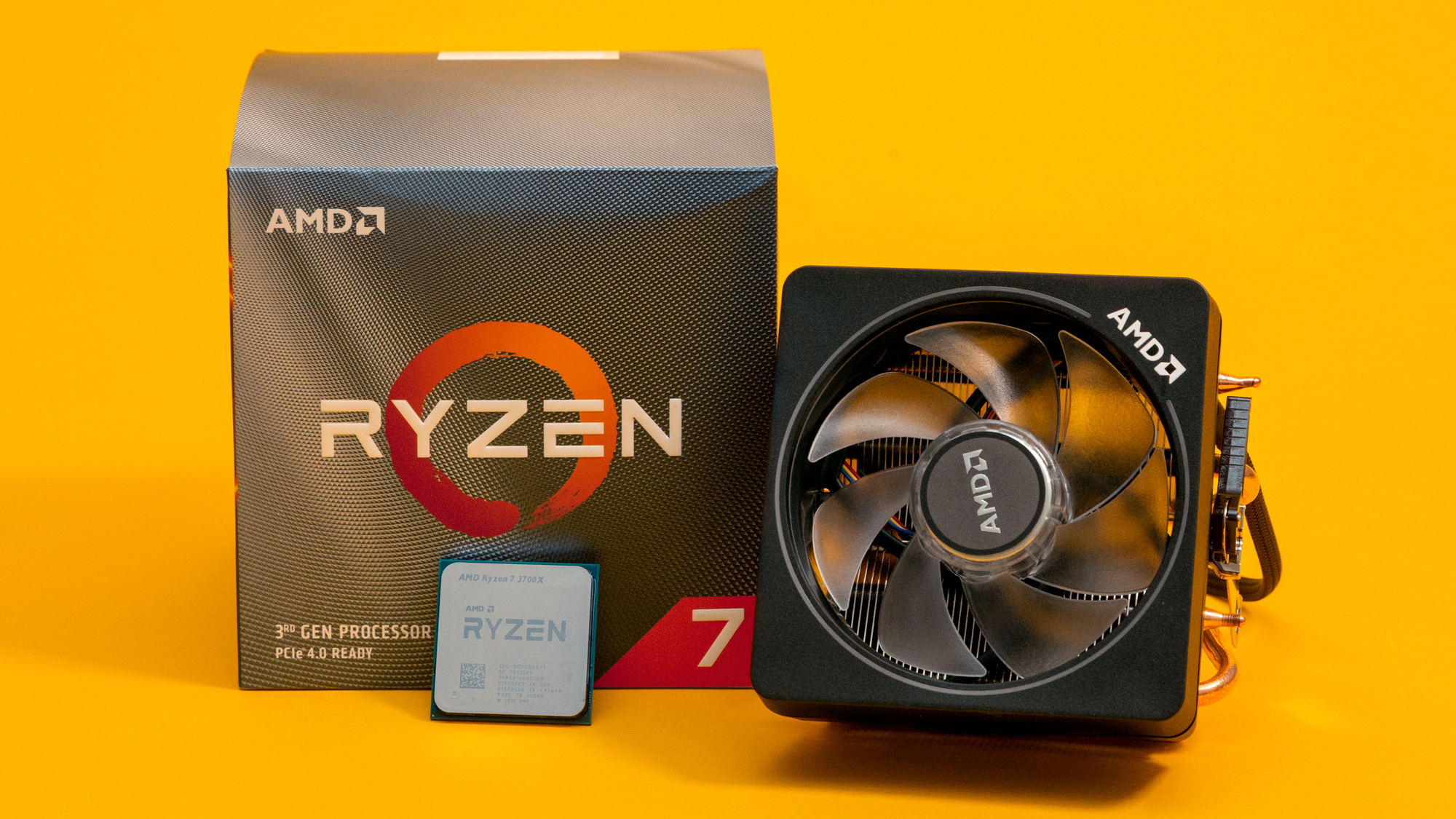

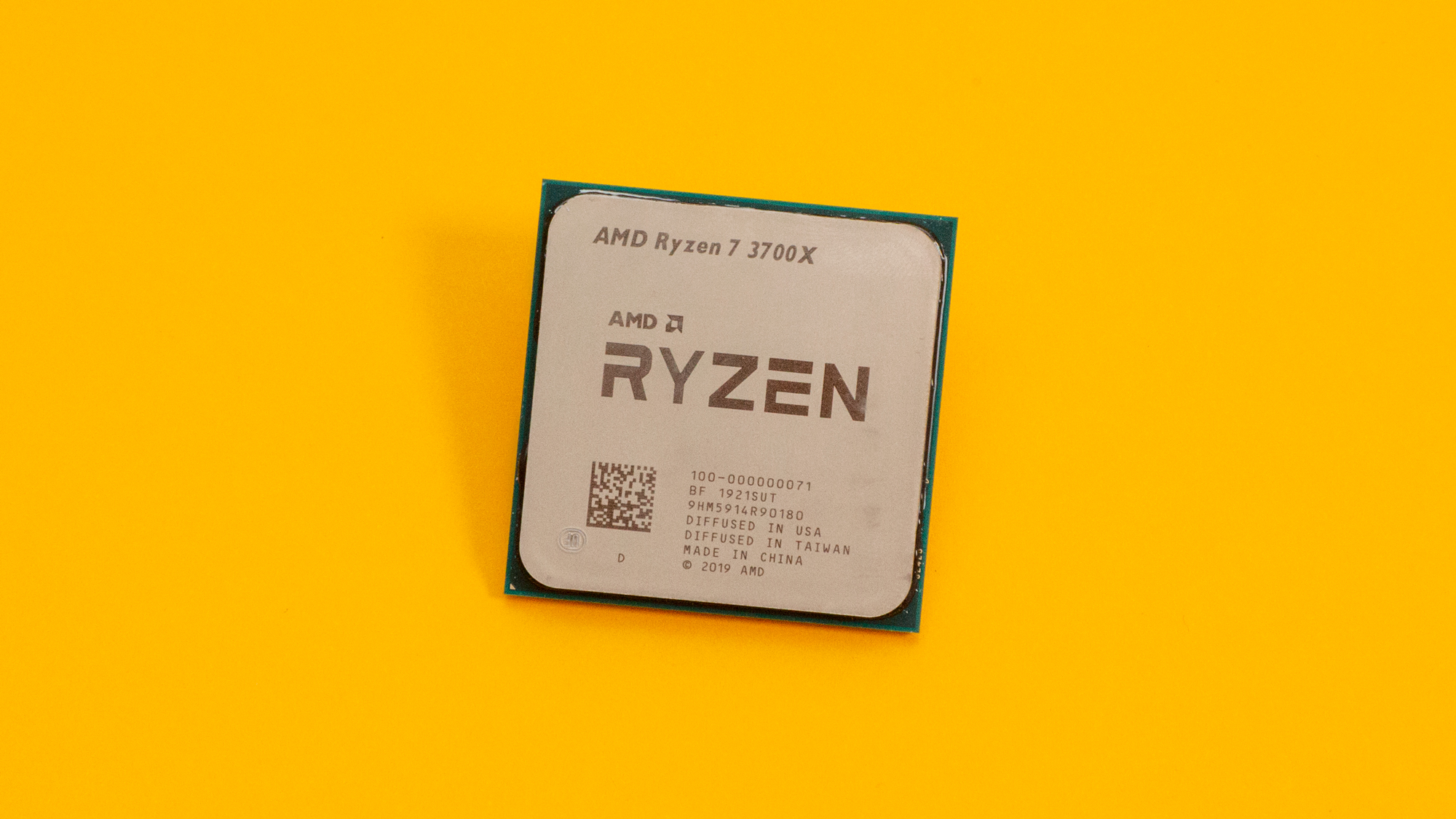
Specifications
Reasons to buy
Reasons to avoid
The AMD Ryzen 7 3700X happens to be one of the most affordable mining CPUs that offers a blend of value for money, support for a relatively modern platform (AM4), and easy availability that make it a relatively easy recommendation for users looking to start their mining journey.
While it isn't regularly the most profitable CPU for mining in terms of ROI - that credit goes to Intel's older server-grade XEON CPUs including the E5 2680v4 just below it, it is indisputably the most versatile of all the options out there in terms of general purpose use cases making it a great entry point for both, GPU-based miners looking for a better ROI on their system as well as users looking to toy with CPU mining in 2025.
To bolster its mining credentials, the Ryzen 7 3700X also offers a capable stock cooler that handles the 65W TDP (unlocked) CPU's thermal needs without breaking a sweat.
The 3700X is a well-rounded chip that one can leverage for games and other productivity workloads, unlike the more limited XEON chips that most users use for XMR mining or similar workloads, making it a great starting point to build on.
Read our full AMD Ryzen 7 3700X review
Best mining CPU on a budget
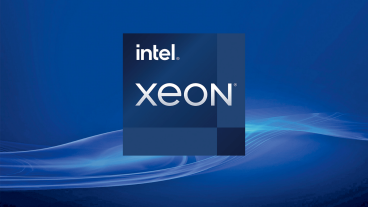
2. Intel XEON E5 2680v4
Our expert review:
Specifications
The Intel XEON E5 2680v4 is an affordable entry-point, but it also might be one of the CPUs you generally don't see around at your local PC assembler. This is due to the fact that it is a server-grade chip (and requires a matching motherboard) and one that launched in 2016.
While official support from Intel for its server CPU has ended, it is widely sold in many marketplaces including eBay as a cheap alternative to more expensive consumer-grade processors even as it holds its own versus most, if not all CPUs in its price range with ease.
For CPU miners however, its low clock speed (3.3GHz boost) is overshadowed by the fact that this CPU offers a mammoth 14 cores at a price that is often below $2 per core making it a great entry-level CPU to consider versus the competition.
As an older CPU versus newer more power-efficient options in the market it does have its work cut out for it, but the low investment required to get running mean that it is nearly always a top CPU choice for ROI-conscious CPU miners, many of whom deploy the chip to scale.
The return on investment in terms of power however, might price it out of reach for users in areas where electricity prices are a concern making it a more subjective, albeit cheaper purchase than the Ryzen 3700X above.
Best AMD mining CPU
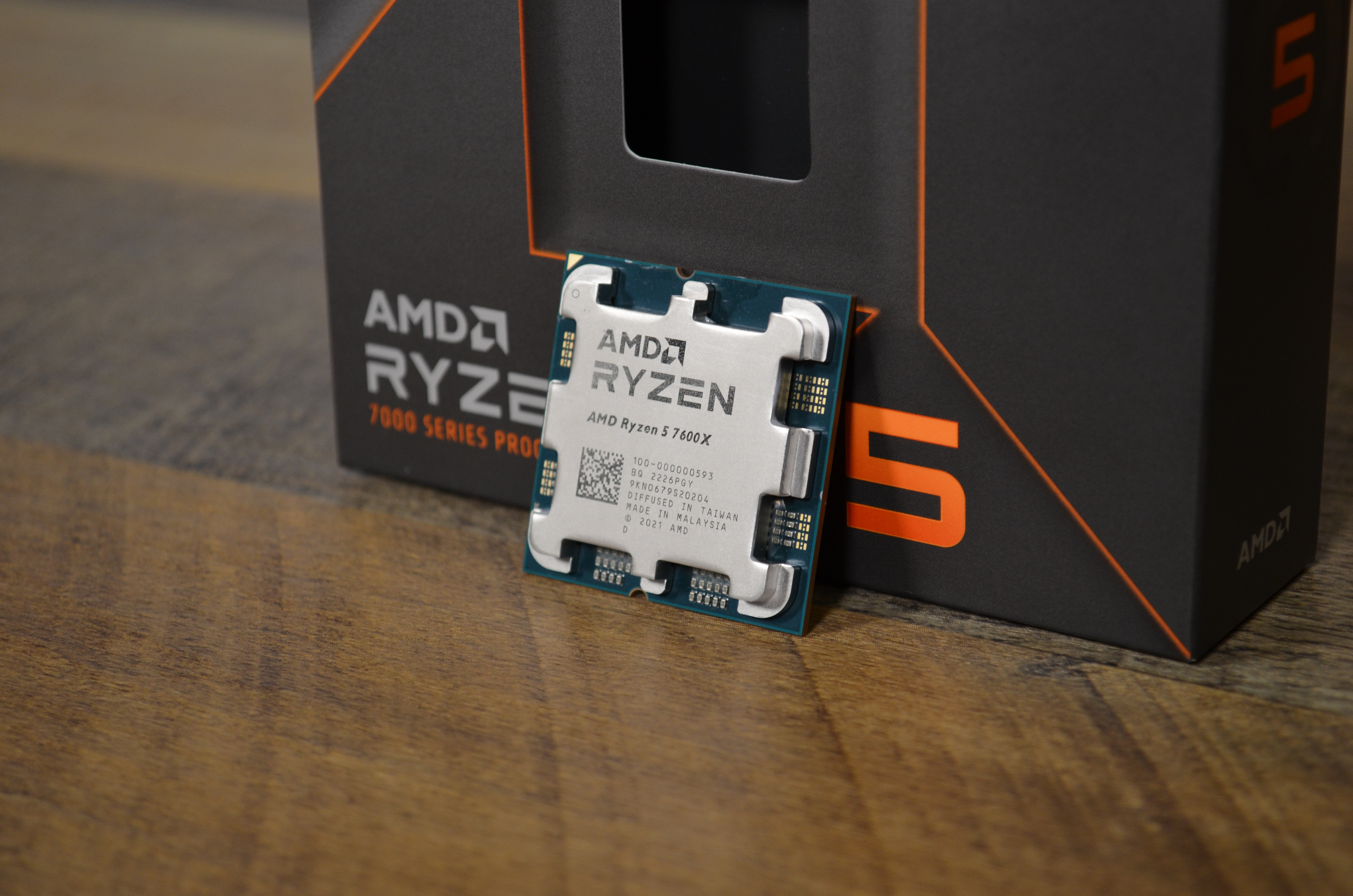

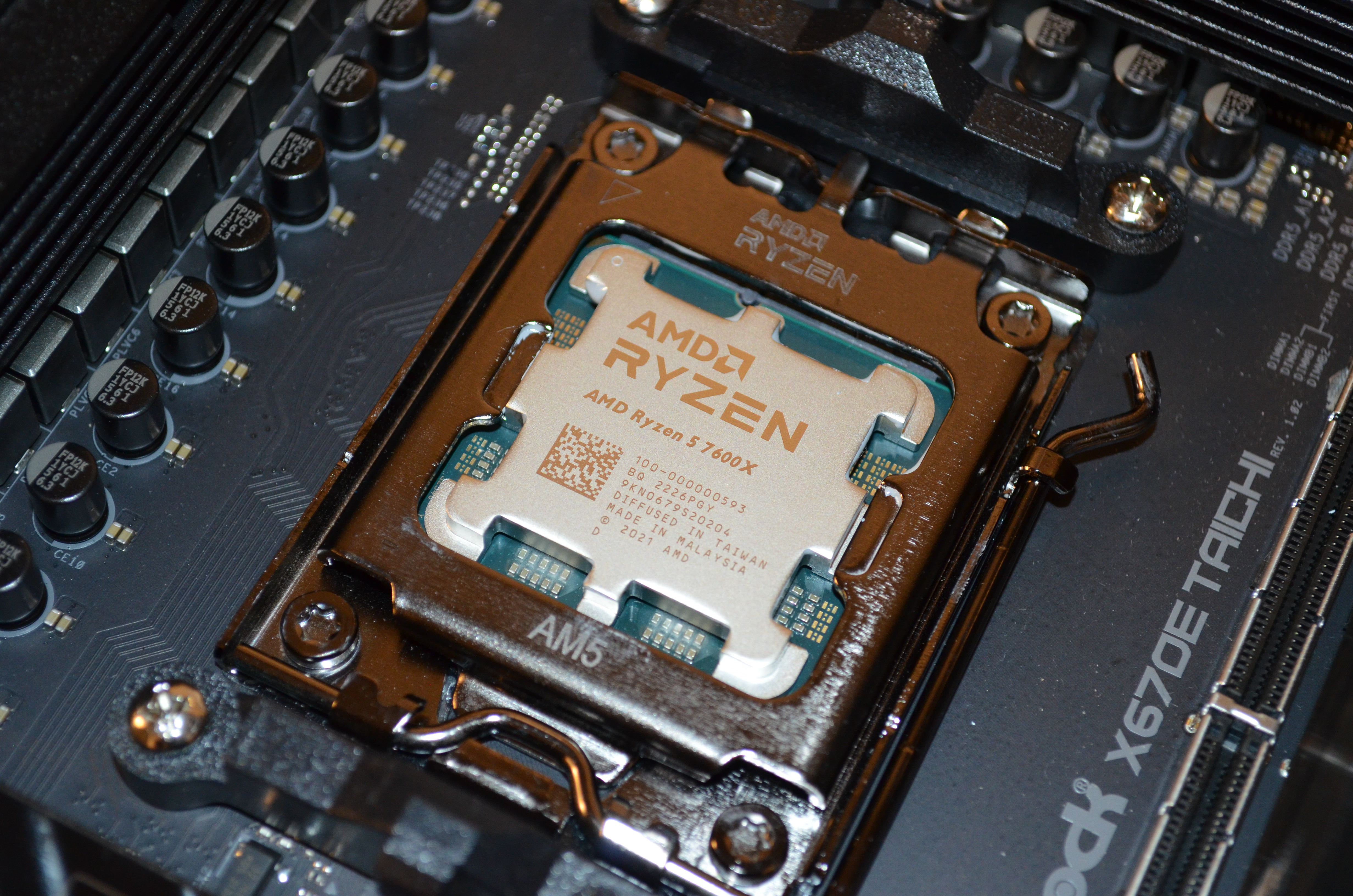
Specifications
Reasons to buy
Reasons to avoid
The AMD Ryzen 5 7600X is AMD's last-generation mid-range consumer-grade hexa-core CPU which is a lot of specific labels for a processor that can easily handle most workloads, including gaming and productivity, without costing an arm and a leg.
The CPU is based on AMD's Zen 4 architecture and comes unlocked out of the box while leveraging AMD's current AM5 socket which sees native support for DDR5 memory and features such as PCI-E 5.0 even as the underlying platform continues to mature.
The AMD Ryzen 5 7600X offers superior single-core performance versus the Ryzen 7 3700X above, making it a better purchase for users looking for an all-rounder that can be used for a lot more than just CPU mining even as it sacrifices a cooler that its cheaper, but lower clocked sibling (the Ryzen 5 7600) and the Ryzen 7 3700X come with.
The only reason it isn't at the top of our list is the cost of the CPU itself: The 7600X runs nearly $90 more than our current top choice, and while it does offer a much more versatile option than its older 8-core sibling, the cost factor weighs against it significantly in our opinion.
Read our full AMD Ryzen 5 7600X review
Best Intel mining CPU
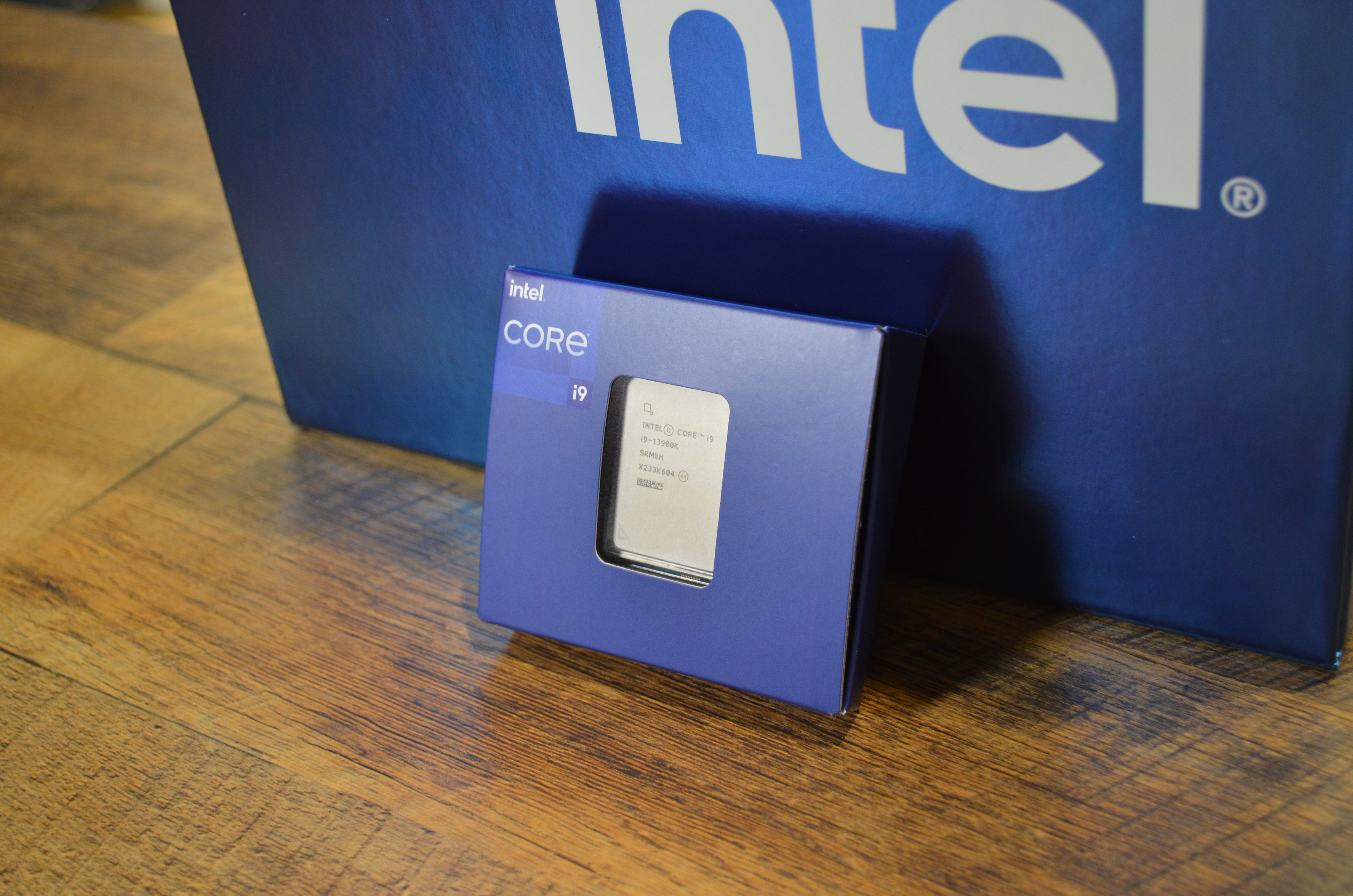
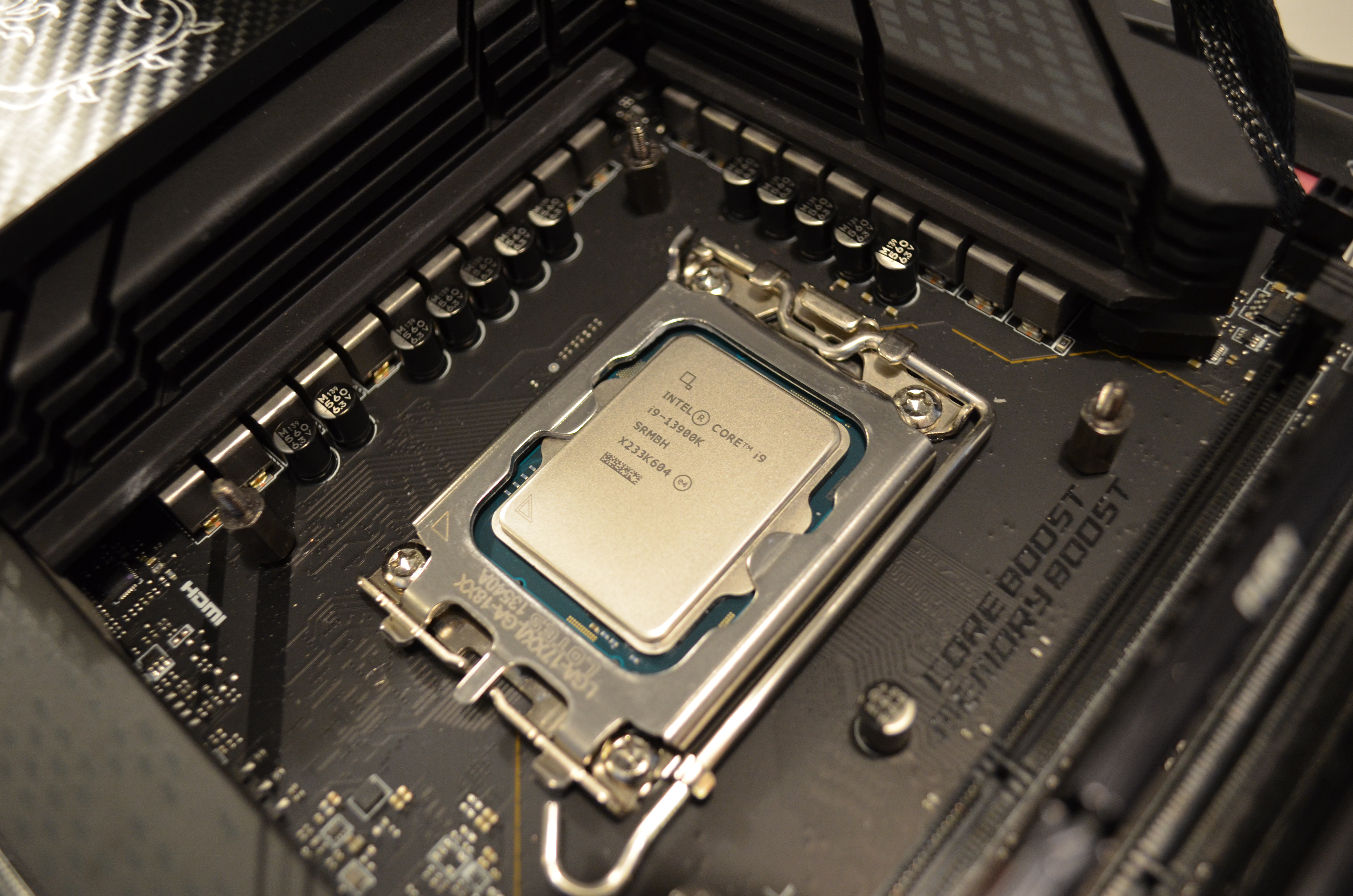

Specifications
Reasons to buy
Reasons to avoid
The Intel Core i9 13900K is one of the fastest consumer-grade CPUs money can buy and trades at a large discount versus Intel's latest or penultimate CPU, the Intel Core Ultra 9 285K, and its own successor (albeit with just a clock speed bump), last year's Core i9 14900K.
Given that CPU mining is also about ROI, the cost of one's CPU matters,and the 13900K's lower cost and slightly higher hash rate than Intel's latest and greatest make it a better choice for users looking to mine on their CPU. This is even as the 13900K remains an excellent choice for productivity and gaming alike, making it a great all-around CPU that can also mine quite effectively, even if it's not one of the top choices for ROI currently.
It has survived what was probably Intel's biggest reliability issue over the last decade, which saw many users opt for AMD the next generation, and also continues to impress with its price-to-performance ratios, making it a great option for users wanting a multi-threaded beast at the core of their next mining rig.
On the flip side, Intel's woes resulted in a now 5-year warranty for the 13900K, something that should interest miners looking to get a solid return on their investment. It might, however, also be prudent to point out that the 13900K requires a 3rd party cooler, ideally one that can keep what is an otherwise very hot piece of silicon adequately cool during operation, especially when mining.
Fastest mining CPU
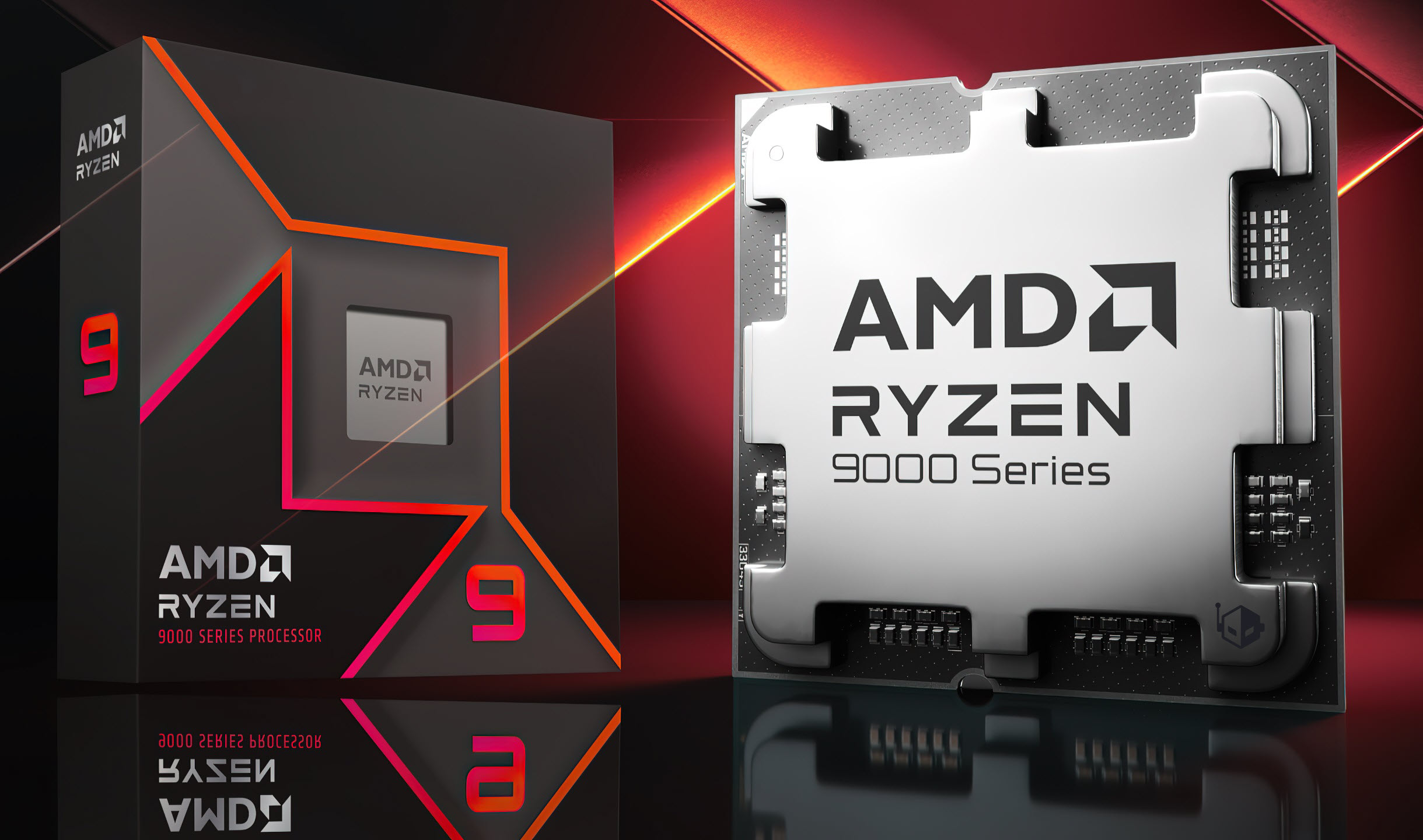
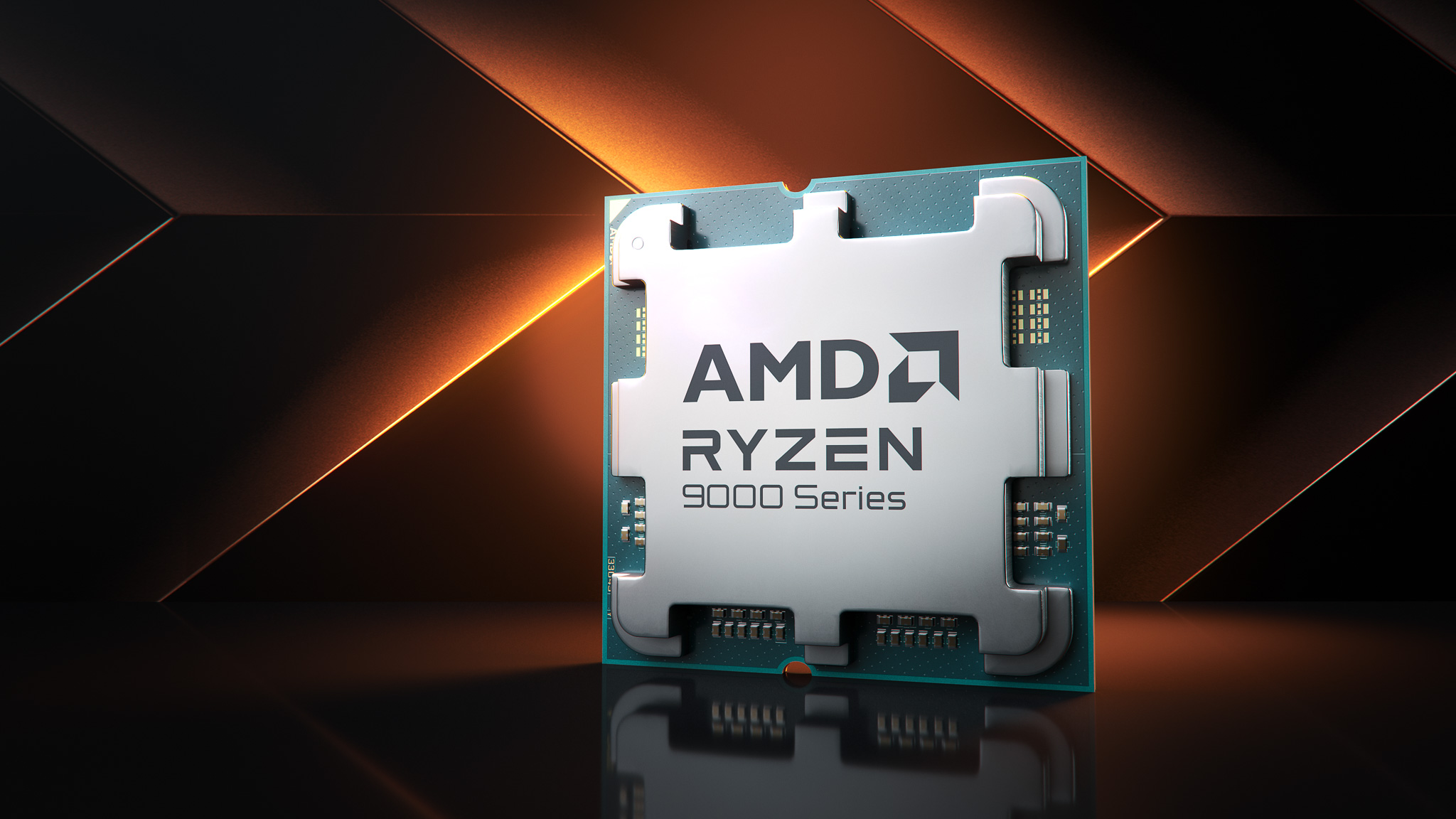

Specifications
Reasons to buy
Reasons to avoid
The AMD Ryzen 9 9950X is AMD's latest and greatest 16-core offering that also happens to be one of its fastest consumer-grade CPUs for mining and most productivity tasks.
It also happens to be one of the best choices in the market when it is on sale, which is true more likely than not, thanks to the release of the gamer-focused Ryzen 9 9950X3D and aggressive pricing from its competition from Intel.
While the 9950X rates its TDP at 170W, most miners can easily tweak the Zen 5-based CPU to get far better efficiency gains than its predecessors, the Ryzen 9 7950X and the Ryzen 9 5950X. The latter of these two has been a long-term favorite for CPU miners thanks to it sporting the same 16-core, 32-thread configuration that the 9950X offers while adhering to a lower 105W TDP.
AMD's renewed focus on higher IPC counts, coupled with efficiency gains, pays off massively with the 9950X, allowing it to be one of the most power-efficient CPUs in the market, albeit with some tweaking required to get better results. Its MSRP remains an issue, however, but recent discounts from AMD might alleviate some of the concerns that prospective miners might have when it comes to the Ryzen 9 9950X's return on investment.
Translate the page and see what TechRadar Spain thought in its AMD Ryzen 9 9950X review
how to choose the best CPU for mining
Picking the best mining CPU for your needs is a complex affair given the sheer amount of variables in play. It can, however, be simplified by breaking it down into the following factors:
Price
The upfront cost of investing in a CPU for mining is simply put, the cost of getting set up and started but it does not only include the cost of one's CPU but rather the cost of the accompanying motherboard, power supply, display hardware and memory. This means that one needs to understand that when starting CPU mining, one needs to understand that the CPU requires other components to function and going for the latest or greatest CPUs may incur other costs such as newer motherboards and RAM. In some cases however, such as with Intel's XEON CPUs above, some motherboards can house multiple CPUs, making it a cheaper option that traditional consumer-grade options for mining.
Power cost & efficiency
With CPU mining's ROI being considerably lower than that of GPUs and ASICs, it is particularly important to minimize one's variable expenses, especially in regions where the cost of power is a significant outlier. This means that while most miners live in countries where power is available at cheap or negligible costs, this is not true for all users, many of whom can find older chips simply unprofitable from a crypto mining standpoint. Therefore, it is important to pay attention to the power draw per unit of hashrate made available to you as a miner to factor in both power and cooling costs as part of one's calculations.
Reliability
Reliability is a key factor when it comes to picking a mining CPU. Most CPU miners opt for a used CPU to maximize gains, and some of these come with strict return policies and warranty terms that often do not cover timelines when it comes to breaking even. Picking a newer, in-warranty CPU and components might be a better choice as a result for users looking to have a more hands-off approach to their mining endeavours, even if they cost more than the cheapest options out there. This is because picking legacy options might be cheaper upfront, but the cost of spare components or replacing parts over time can quickly pile up. Not having easy access to replacements can also add to said costs down the line.
Other concerns
As mentioned previously, CPU mining requires plenty of power and cooling, which could require investments in better cooling and electric infrastructure should one choose to scale their operation. This means that while one can start off with a single CPU without paying much heed to the requirements of scaling, investing a larger amount in CPU mining requires planning that includes ensuring a stable internet connection, adequate cooling and reliable power, the later two of which directly boil down to your choice of CPU and platform in the long term.
How we test the best CPUs for mining
Testing CPUs for mining is somewhat similar to how CPUs are tested for productivity by subjecting them to tasks such as video editing, benchmarks, both synthetic and real-world, and by checking for stability during long hours of supervised operation.
Information we use in our testing methodology includes data regarding power draw, average hash rate, and thermals, all of which allow us to make a more informed decision when it comes to CPUs we recommend for mining.
This allows us to make recommendations that we know are great long-term choices while also offering versatility where possible in terms of performance in other applications, a metric that is relevant given that most CPU miners are looking to maximize the utility from their current CPU choice in more ways than one.
Are you a pro? Subscribe to our newsletter
Sign up to the TechRadar Pro newsletter to get all the top news, opinion, features and guidance your business needs to succeed!

Rahim Amir is a UAE-based tech writer who enjoys building PCs as much as he enjoys writing about them. He has been professionally writing about PC hardware since 2023, focusing on buyer’s guides, hardware reviews, and sponsored content and features related to tech.
Having built hundreds of gaming PCs and being an avid gamer in his spare time, Rahim tends to have stronger opinions about hardware than most. This is particularly on display when he gets his way with powerful, but minimalistic RGB builds even as Small Form Factor (SFF) PCs come a close second.